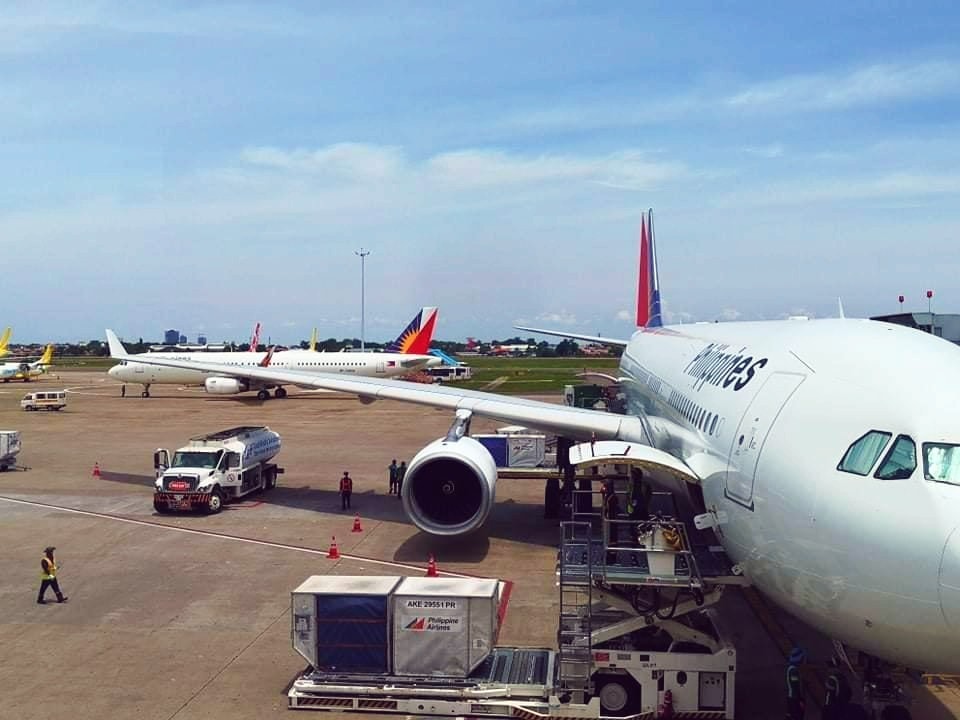The Philippine government is set to invest billions of pesos in a sweeping modernization of the country’s aviation infrastructure, according to Department of Transportation (DOTr) Secretary Jaime J. Bautista.
Speaking at the 2024 Aviation Summit held on October 2, Bautista unveiled the department’s comprehensive plan aimed at transforming air travel across the archipelago through extensive airport upgrades, new construction projects, and cutting-edge technological advancements.
At the forefront of these efforts is the recent handover of Ninoy Aquino International Airport (NAIA) to the NAIA New International Consortium (NNIC) last month, marking the successful conclusion of a public-private partnership (PPP) project that spanned three decades and six administrations.
The NAIA rehabilitation project, finalized in a record eight months, is expected to double the airport’s capacity from 35 million to 62 million passengers annually while increasing air traffic movements from 40 to 48. Bautista emphasized that the project would generate an estimated 58,000 jobs due to increased tourism arrivals and spending.
Notably, Bautista revealed that 70% of the Manila International Airport Authority (MIAA) employees were hired by the NNIC, which he said is offering improved employment packages.
Looking forward, construction of the New Manila International Airport (NMIA) is slated to begin in 2025, with San Miguel Corporation (SMC) set to build an elevated highway and railway line for connectivity to the new facility.
The secretary detailed several ongoing projects, including the construction of a brand-new Dumaguete Airport, supported by a financing agreement with the Korea Export-Import Bank. Other projects include the improvement, operation, and maintenance of Laguindingan Airport and Bohol-Panglao International Airport.
DOTr is also set to open unsolicited proposals for Iloilo, Puerto Princesa, and Kalibo airports. Bautista outlined future developments, indicating that next year will see the enhancement of airports across the Philippines, particularly in the Visayas and Mindanao regions.
These include developments in Tuguegarao, Bacon, Loakan, Daet, Cauayan, and Vigan in Luzon; Catbalogan, Dumaguete, Kabankalan, and Calbayog in the Visayas; and Zamboanga, Mati, M’lang, Jolo, Siargao, and Tandag in Mindanao. The DOTr has earmarked P7.5 billion in its 2024 budget for various airport projects.
A different mechanism will be applied for the improvement of Davao, Busuanga, Bacolod, Bicol, and General Santos airports, where an unsolicited proposal process is expected.
Looking to the future, the secretary announced the preparation of a new National Civil Aviation Master Plan, updating the current plan from 2006. This comprehensive study will incorporate the latest forecasts and trends, including strategies to achieve net-zero carbon emissions by 2050.
Bautista also highlighted recent policy changes, such as amendments to the Air Passenger Bill of Rights, which took effect on April 27, 2024.
Furthermore, he announced the completion of the Communications, Navigation, Surveillance/Air Traffic Management (CNS/ATM) system upgrade by the Civil Aviation Authority of the Philippines (CAAP) this week.
The transport chief noted that a total of 48 airport projects have been completed since the Marcos administration took office.


























Leave a comment